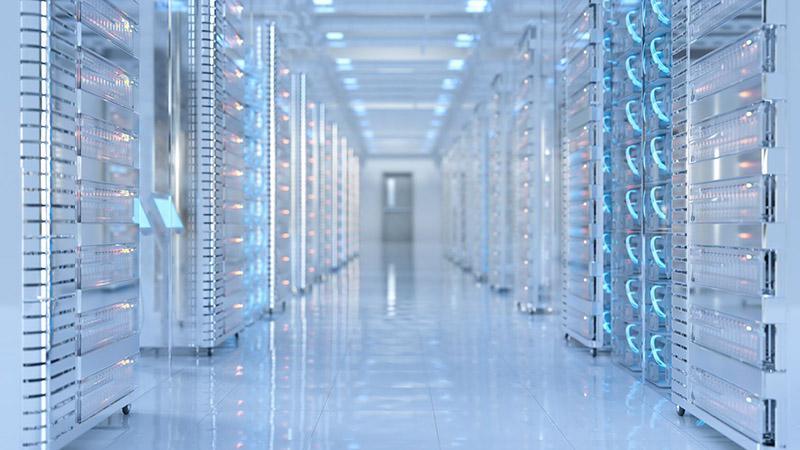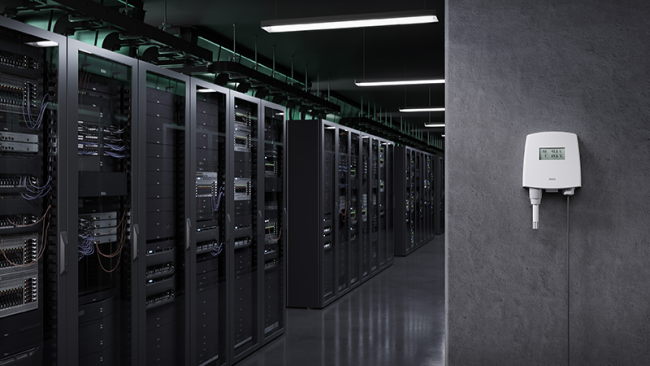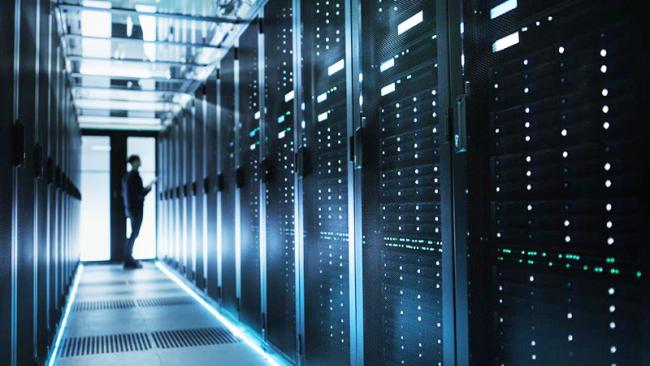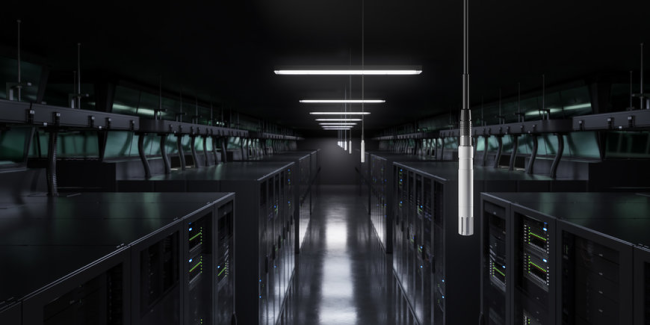Il vantaggio artico: come i climi freddi aumentano l'efficienza e la sostenibilità dei data center


Mentre lo sviluppo dell'intelligenza artificiale continua a stimolare l'aumento della domanda di archiviazione ed elaborazione dei dati, aumenta anche la pressione sui data center affinché migliorino l'efficienza operativa e la sostenibilità. I proprietari di data center sono costantemente alla ricerca di modi più efficienti per raffreddare le loro strutture ad alta intensità energetica e i climi freddi offrono enormi vantaggi in tal senso.
I climi freddi offrono lunghi periodi di raffreddamento gratuito
La crescita del settore dei data center porta con sé numerose sfide ambientali, in particolare per quanto riguarda l'aumento del consumo energetico e delle emissioni di carbonio. Collocando il tuo data center in un clima freddo, stai lavorando con l'ambiente circostante per ottimizzare l'uso dell'energia, anziché lavorare contro il calore in un clima più caldo.
Nelle regioni più fredde, come ad esempio i paesi nordici, le basse temperature esterne contribuiscono a ridurre la necessità di raffreddamento all'interno dei data center, diminuendo il consumo di energia e i relativi costi operativi. Il raffreddamento che sfrutta l'aria esterna riduce notevolmente la dipendenza dall'energia elettrica per il raffreddamento, migliorando l'efficienza energetica e riducendo le emissioni di carbonio.
Le località nordiche riducono l'uso dell'acqua
Nei climi più caldi, l'acqua viene spesso utilizzata per il raffreddamento evaporativo. Le risorse idriche limitate rappresentano un problema sempre più serio a livello globale e i sistemi di raffreddamento evaporativo possono consumare grandi quantità di acqua. I data center nelle regioni fredde possono sfruttare altri sistemi di raffreddamento, come i sistemi a circuito chiuso, per preservare preziose risorse idriche.
La differenza nel consumo di acqua può essere enorme. Ad esempio, un data center da dieci megawatt in un paese caldo utilizza potenzialmente decine di milioni di litri di acqua all'anno, mentre un data center di dimensioni equivalenti in Finlandia, ad esempio, ne utilizzerebbe solo dai 10 ai 20 metri cubi. Non solo, ma l'acqua utilizzata nel raffreddamento evaporativo viene dispersa nell'ambiente, mentre l'acqua utilizzata nei sistemi a circuito chiuso viene riutilizzata più volte.
Il recupero e il riutilizzo del calore riducono al minimo l'impronta di carbonio dei data center
Anche i data center situati nei paesi freddi traggono vantaggio da tecnologie innovative che consentono di recuperare e riutilizzare il calore in eccesso generato dai server. Molte strutture stanno ora integrando pompe di calore e sistemi di recupero del calore per fornire energia alle reti di teleriscaldamento vicine, rafforzando ulteriormente gli sforzi per la sostenibilità. Queste reti sono diffuse nei paesi nordici, dove la domanda di riscaldamento aumenta notevolmente durante i freddi mesi invernali. Ad esempio, in Finlandia la società energetica Helen e gli operatori di comunicazioni digitali Elisa e Telia stanno collaborando per riscaldare le case utilizzando il calore di scarto dei loro data center; molte altre iniziative simili sono già in atto o in fase di sviluppo.
Anche i paesi nordici stanno valutando attivamente la possibilità per serre e aziende agricole di utilizzare l'energia dei data center per supportare la produzione alimentare.

L’accesso a fonti di energia rinnovabile, come l’energia eolica, rafforza il profilo ambientale di un paese, rendendolo una scelta interessante per lo sviluppo di data center. Questo perché la transizione verso le energie rinnovabili è una priorità per il settore dei data center nel percorso verso la neutralità carbonica. Infatti, la domanda dei data center sta determinando un aumento della disponibilità di energia rinnovabile, contribuendo a sostenere la transizione verde. L'utilizzo di fonti energetiche rinnovabili aiuta anche a superare la sfida della conformità normativa.
Il ruolo cruciale della tecnologia di misurazione accurata
Ottimizzare l'efficienza e le prestazioni dei data center richiede sensori affidabili e precisi, oltre a un monitoraggio ambientale accurato. Le tecnologie di misurazione affidabili svolgono un ruolo fondamentale nel mantenimento di condizioni stabili riducendo al minimo il consumo di energia, ad esempio consentendo un controllo e una regolazione accurati di parametri quali temperatura e umidità.
Le soluzioni di sensori avanzati contribuiscono a garantire la conformità alle severe normative sull'efficienza energetica, come la Direttiva sull'efficienza energetica (EED) dell'UE, e a supportare gli obiettivi di sostenibilità a lungo termine del tuo data center. Sebbene i sensori rappresentino una minima parte dell'investimento complessivo necessario per costruire e gestire un data center, questi consentono il monitoraggio in tempo reale e l'affidabilità operativa a lungo termine, garantendo un'efficienza e un valore che vanno ben oltre il loro costo.
I benefici del mantenimento di temperature ridotte
Collocare il tuo data center in un clima più freddo offre notevoli vantaggi, riducendo la necessità di raffreddamento ad alto consumo di energia e acqua grazie ai lunghi periodi di raffreddamento naturale. Ciò migliora l'efficienza operativa e riduce l'impronta di carbonio della tua struttura. I climi freddi con lunghe stagioni che richiedono il riscaldamento acceso, creano anche ottime opportunità per il recupero e il riutilizzo del calore, ad esempio sfruttando il calore dei data center per alimentare le reti di teleriscaldamento vicine. La possibilità di utilizzare energie rinnovabili migliora ulteriormente la sostenibilità dei data center.
Collocando il tuo data center in un clima naturalmente fresco, potrai lavorare a favore dell'ambiente e non contro di esso. Ciò riduce i costi e le emissioni, supporta la conformità normativa e, in definitiva, ti aiuta a ottenere le prestazioni elevate e sostenibili richieste per le operazioni del tuo data center.



